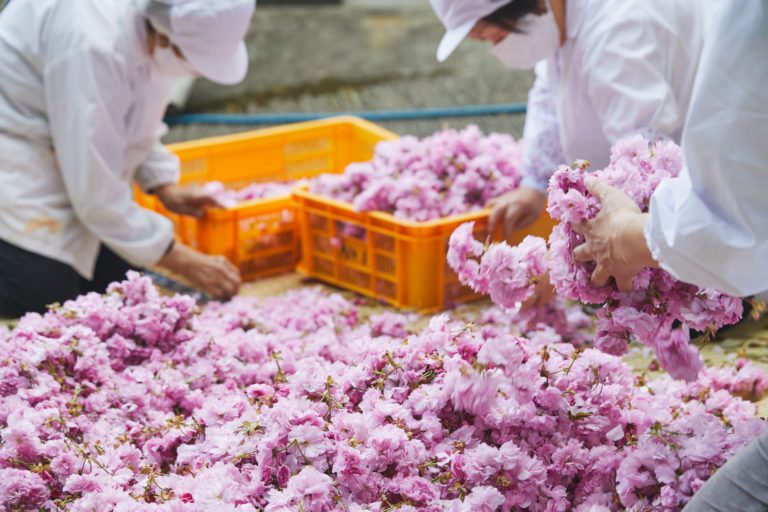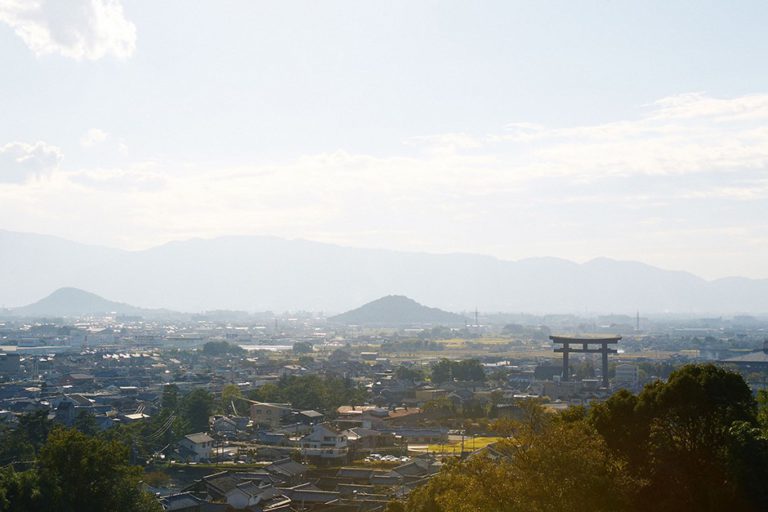The 60 Year Veteran “Sea Jewel” Diver
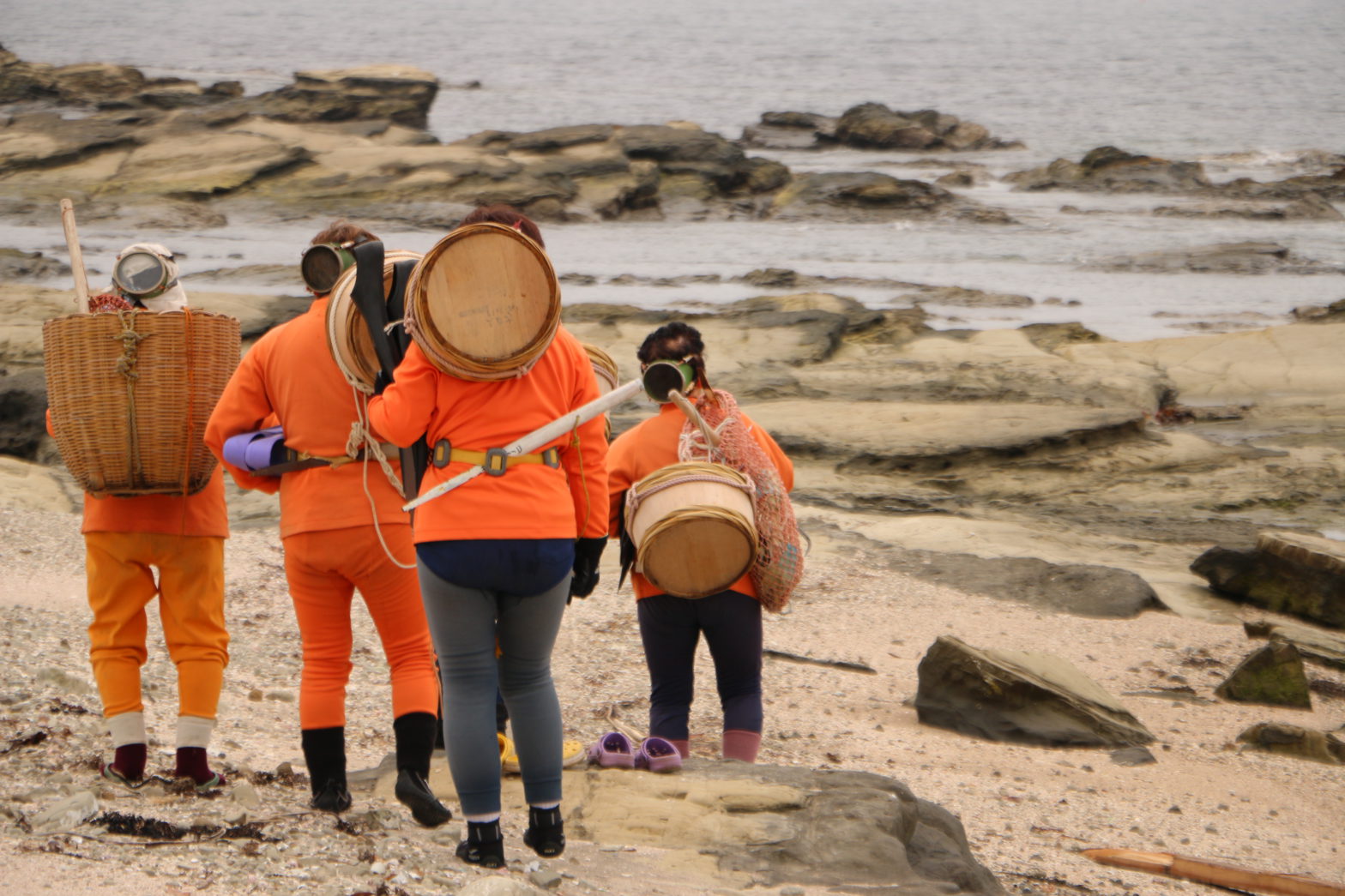
The Japanese abalone is known as the “jewel of the sea”, and is valued and treasured much the same as the spiny lobster.
It is a choice food item and has been a signature product of Minamiboso since long ago. The incredibly valuable black abalone from the Uchibo seas is a particularly representative variety of abalone. There are a variety of ways to prepare it, from odoriyaki awabi, abalone grilled on a grate over an open flame, which gives off the fragrance of a seashore, or it can be seasoned with salt and sake and then steamed.
We wanted to take a closer look at the way abalone is harvested, so we took a trip to a place called “Amakoya” in Minamiboso.
“Because I love the sea” -77 Year Old Abalone Diver, Kinuyo Yamaoka
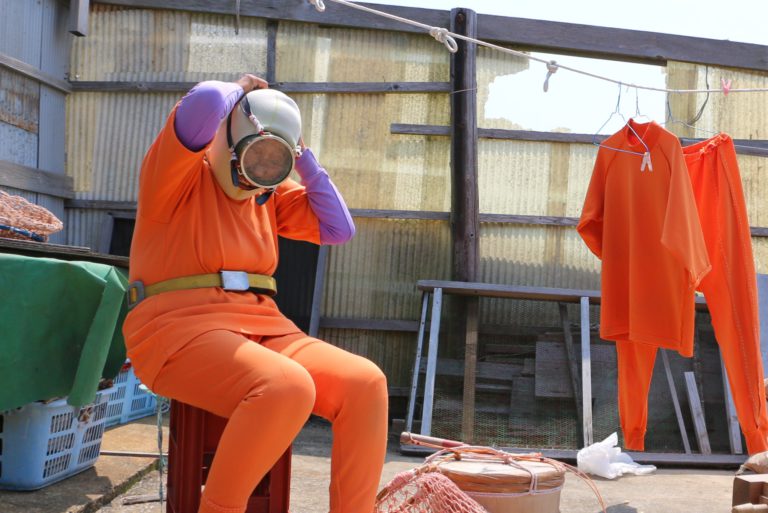
As we drive down to Minamiboso under the big blue sky and bright shining sun, there is not a cloud in the sky. We feel like we can look forward to a great catch today. But there is not a ship on the sea, nor any sign of shell divers.
“Today is no good. It’s not open today.”
One of the men and women who serve on Shirahama Shell Diver’s Liaison Council, Mr. Shigefusa Fuchibe explained this to us. It seems that, even though the fishing season starts in May, during half the season no one can fish due to water or weather conditions.
These shell divers use specific terms for these occasions, “open” for when conditions are right, or “not open” for when they are not.
Today, the early morning weather was unstable and so today was “not open”.
We managed to speak with Kinuyo Yamaoka, one of the divers who came in to the Amakoya for cleaning today, who has 60 years of experience.
“I’m 77 now, and I’ve been doing this for 60 years! I was already underwater when I was 17.”
That is a pretty shocking career length, but at the root of it is a severe shortage of people to take up the profession in her stead. The lack of young divers is a serious concern for the fishing industry here.
For Mrs. Yamaoka, diving was just something that came naturally to her ever since she was young.
As soon as the season for red algae started and the school vacation season arrived, the children would gather edible seaweed and algae and dry them for work. As soon as she finished middle school she started work as an abalone diver. She was an excellent swimmer and learned the basics of the job from her parents as she grew up. It was not long before she was gathering them in loads. She says on a good day she could make over one thousand dollars.
Even for Mrs. Yamaoka, there are a lot of dangers attached to a job you do while completely submersed
“One little mistake and that’s the end of you. Even for a turtle, your eyes can come up, but if your nose doesn’t come above surface you won’t make it. It’s that kind of business.”
For Mrs. Yamaoka, the woman who came out alive for 60 years now,
the catch and the crew have both grown smaller, but she is still determined to continue.
The only people who hire kajiko anymore, referring to the person who drives the boat out and assists with the fishing, are my older sister and I. We keep going because we love the sea. It’s so much better than the land. It’s how we make a living.”
To abalone diver, Yamaoka, this is life.
At last, to the sea!
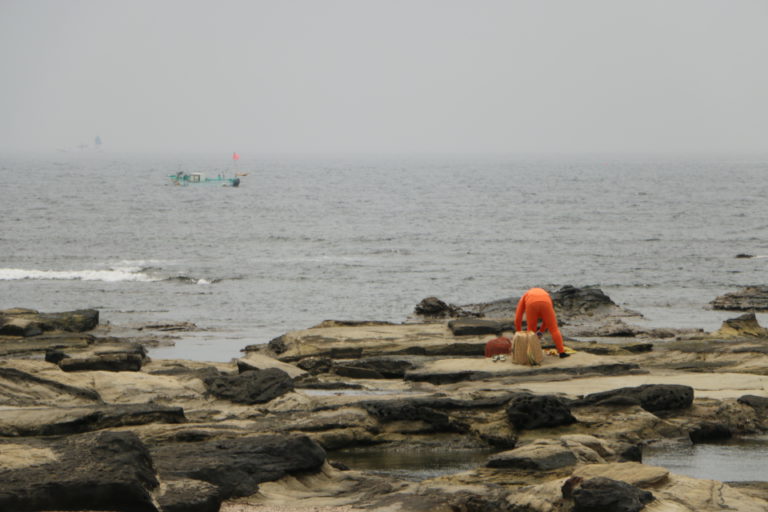
There are two types of abalone divers.
Those who work close to the shore, Okaama, and those who go out into the sea by boat, Funaama.
Mrs. Yamaoka is a particular type of Funaama called a fundoama, where she works together with a male counterpart.
The next day, the sea had “opened”, so we took the opportunity to go out with Mrs. Yamaoka.
Even as the 77-year-old labors down the pier, complaining about the pain in her hips and legs, she always had a surprisingly lively expression on her face.
5 or 6 minutes out from shore, the boat stops and Mrs. Yamaoka straps on her swimming goggles and hops into the water.
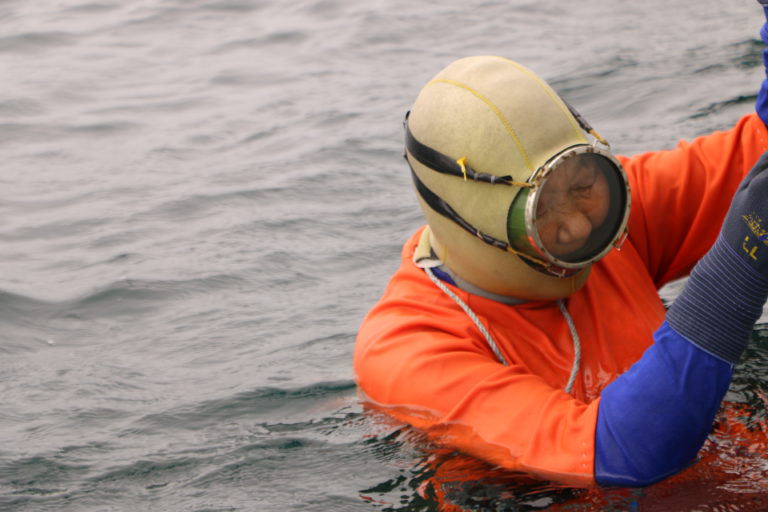
Ten, twenty, thirty seconds, almost a minute passes before the kajiko uses a bamboo pole to yank her back up.
Mrs. Yamaoka comes up and takes a deep breath with a whistle-like sound. They call that breath isobue or isonageki, and it is characteristic of these abalone divers.
Fundoama is a term for a diving method where the diver holds onto a weight while a rope is tied around the waist. It is a way to instantly dive deep underwater. When she wants to come up, she signals the kajiko by her lifeline who immediately pulls her back up onto the boat.
There needs to be a harmony between the diver and the assistant on-board the boat, so usually it will be a husband-wife pair that works together.
Just as when Mrs. Yamaoka’s husband was still alive, she used to work with him.
Each time she comes back up, she shouts up to the kajiko with her energetic voice.
“Not a thing down there.”
“I got a couple big ones!”
Swinging from sorrow to joy, they go through trial and error until they find a good spot.
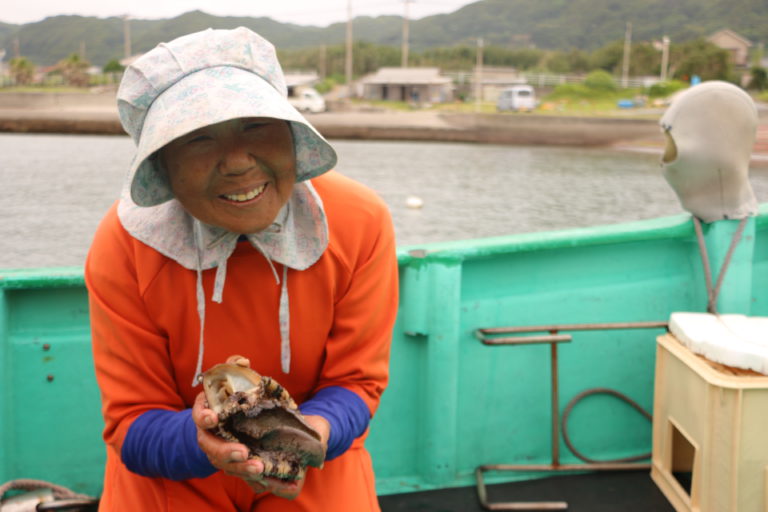
“This is probably just big enough.”
She pulls one out of her basket that is just barely over 10cm.
Boso abalone need to be over 12cm long. If they don’t meet that criteria, they are returned to the sea. Boso’s abalone are bigger than those in Sanriku, and much more expensive on the market as well.
What makes the abalone from Minamiboso so delicious?
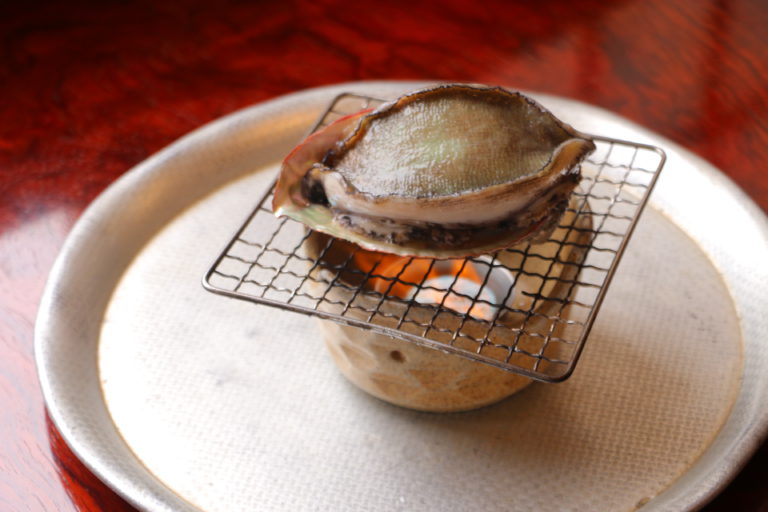
Minamiboso abalone is called their prefecture’s “Brand”, given the extraordinary quality of the abalone.
Mrs. Fuchibe tells us the best environment for the abalone is a fast current and abalone also tend to prefer places with a lot of algae, where they topple end-over-end along the bottom of the sea. Unlike the turbinidae (turban shell snails) that can come up for food, these places are a perfect feeding ground for the abalone to grow. Sure enough, the abalone we had in Minamiboso were big and meaty.
The two types that are harvested in Minamiboso are the red abalone and the black abalone. As we mentioned, the black abalone has a better flavor and is much more expensive. The black abalone starts to come into season during July when they consume copious amounts of nutrients to prepare for spawning season in October.
The abalone changes color, taste, and shape based on what it eats, and is greatly affected by its environment.
It is the natural and conveniently algae-rich atmosphere of Minamiboso that make these abalone a rich delicacy.


